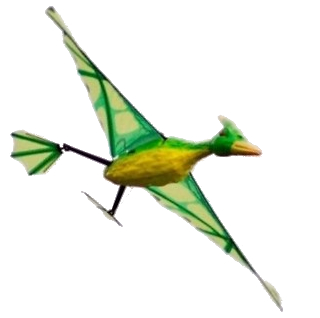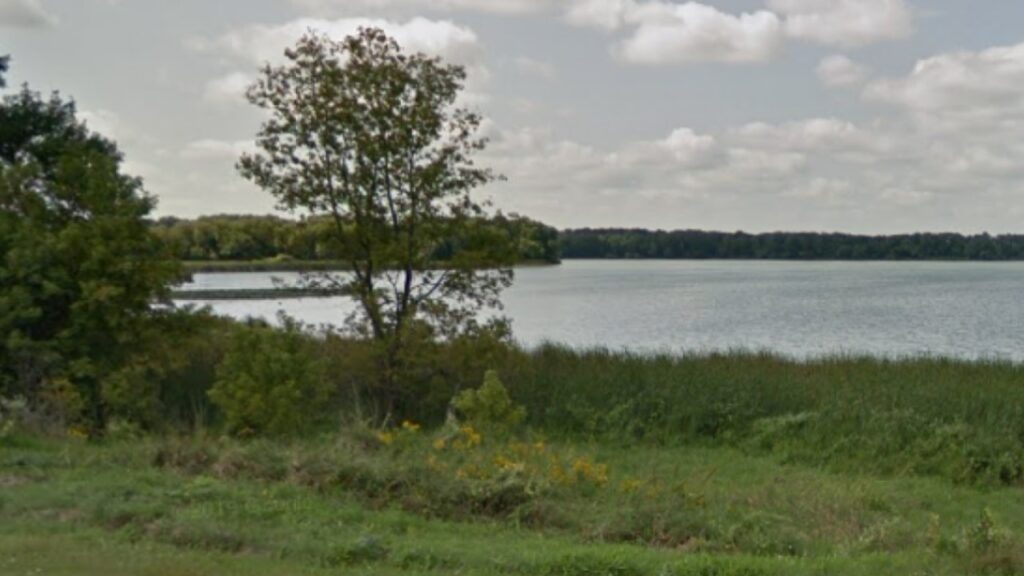By Jonathan David Whitcomb [contact him]
I recently looked at a web page of a man who is perhaps the world’s most outspoken critic of the possibility that not all species of pterosaurs are extinct. I’ll not mention his name here, for he does not deserve the publicity. For the moment, we’ll look into his idea that radio remote-controlled drones, constructed to look like pterodactyls, are responsible for some of the sightings of apparent living pterosaurs.
I submit that his hypothesis has very little relevance: These kinds of flying creatures have been observed for many centuries, long before either radios or airplanes existed. In earlier centuries, however, they were called “dragons”. In recent decades we sometimes encounter the phrase “flying dinosaur”.

In addition, analysis of wingspans (estimates from eyewitnesses in various areas of the planet) has shown not only a wide range of numbers but a smoothness in statistical shape that makes sense if people were seeing living flying creatures. Those wingspan estimates, however, make no sense if there was any significant number of misidentifications of mechanical drones.
Here’s another way to shoot down remote-controlled planes: They do not do any of the following:
- Sit on the ground while pecking a dead fish in southern Minnesota
- Sit on a telephone wire by a storm channel in Lakewood, California
- Attack fishermen at night on the bank of the Delaware River
- Pick up a large dog in a lady’s front yard and try to fly away with the family pet, while the lady chases it with a broom, forcing it to drop the large dog
.
Lake Pepin, Minnesota, near where a huge pterodactyl was observed
.
Sighting by Duane Hodgkinson in 1944
One of the clearest answers to the remote-controlled pterodactyl model is the sighting by the World War II veteran Duane Hodgkinson, who had been interviewed many times before his passing a few years ago.
In 1944, in a jungle clearing in the southwest Pacific, two American soldiers witness a huge “pterodactyl” take off into the air, after running for several steps to get airborne. Decades later, in one of his interviews, Mr. Hodgkinson estimated the length of the tail was “at least ten or fifteen feet.”
The flying creature had a horn-like head crest and a wingspan estimated to have been similar to that of a Piper Tri-Pacer private airplane (29 feet). This was obviously not any mechanical pterodactyl drone.
.
###
.
Living Pterosaurs in Los Angeles
In a period of ten weeks, two eyewitnesses saw a total of four flying creatures: three “dragons” and one “pterosaur.” The three were gliding together early in the morning of March 3, 2013, over the I-5 freeway near Griffith Park. The “pterosaur” was seen gliding over that same freeway on May 13, 2013, just a mile and a half to the south.
.
Pterosaur sightings worldwide and long tails
How common are reports of long tails on apparent modern pterosaurs! We now begin with a report from Sudan, Africa . . .
.
19th century “pterodactyl” photo
Featherless flying reptiles appear to live across the globe, shocking and sometimes frightening eyewitnesses of these apparent modern pterosaurs. . . . Recent eyewitness reports of apparent non-extinct “pterodactyls” may now be taken into context with a new assessment of an old photo called “Ptp”.
.
Living pterosaurs and cognitive bias
For some time, I thought that confirmation bias may have been the most significant of the cognitive biases regarding living-pterosaur investigations during the past two or three decades. I was aware of some of the factors of another bias but did not know it had a name: “availability cascade”.
.
Press releases on pterodactyl sightings
Reports of living “pterodactyls” in Georgia, during the past seven years, probably relate to sightings of some flying creatures in South Carolina and Florida, according to author Jonathan Whitcomb
.
Loss aversion and apparent modern pterosaurs
Two decades ago, a man started writing a web page criticizing the idea that not all species of pterosaurs are extinct. He often added to that page and mentioned my name many times. He expanded it so often, over the years, that the word count, as of earlier this week, was 40,676. How gigantic at 40 thousand words on that one online post! And how unique, mentioning my name (“Whitcomb”) 493 times!
Keep in mind that some blog posts contain a total of less than 400 words. It calls to mind the words of Shakespeare: “The lady doth protest too much”, although Whitcomb does not doubt that critics sincerity: He doubts the critic’s objectiveness.
.
I am a scientist, and I have discovered that the great majority of eyewitness sighting reports of extant pterosaurs are neither misidentifications nor hoaxes; part of my conclusion is based upon the data from eyewitness estimates of wingspan. Careful analysis of that data has shown me that misidentifications of birds obviously could not have played anything like a significant part in the origins of the sightings in general. Along with two other factors, hoaxes have also been shown to have played no major part in the reports.
.



